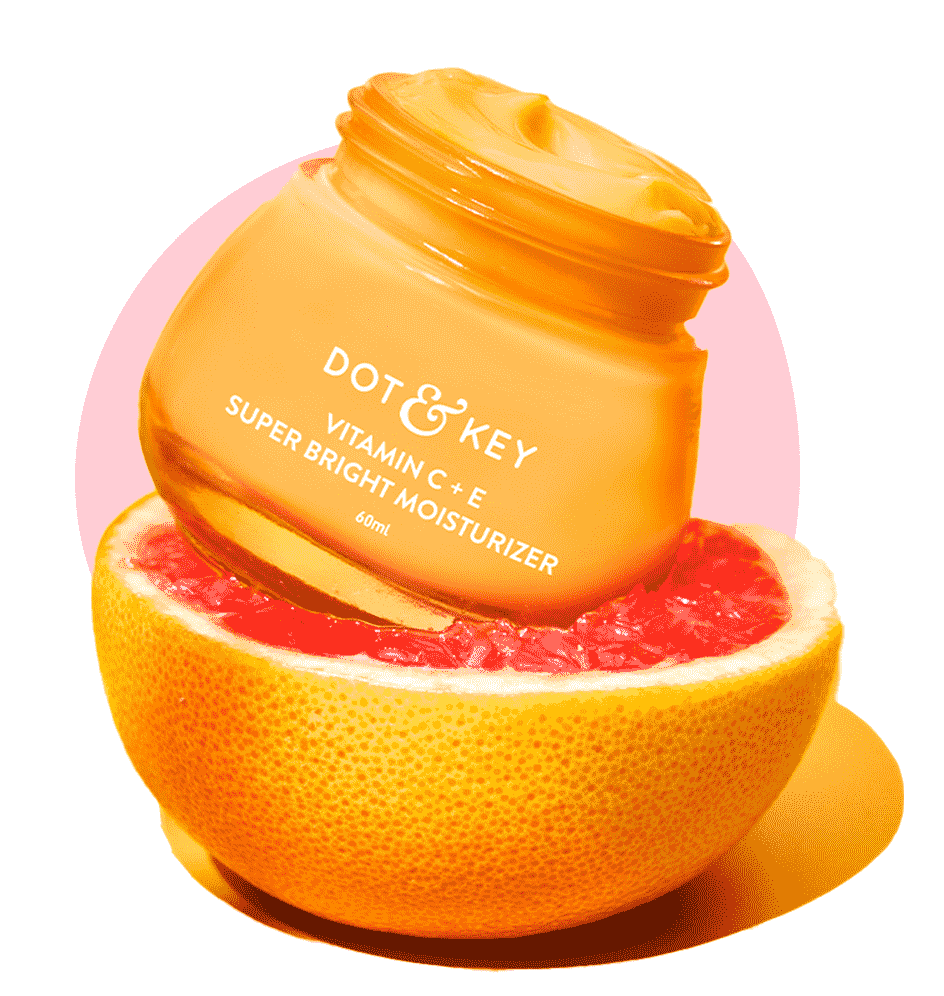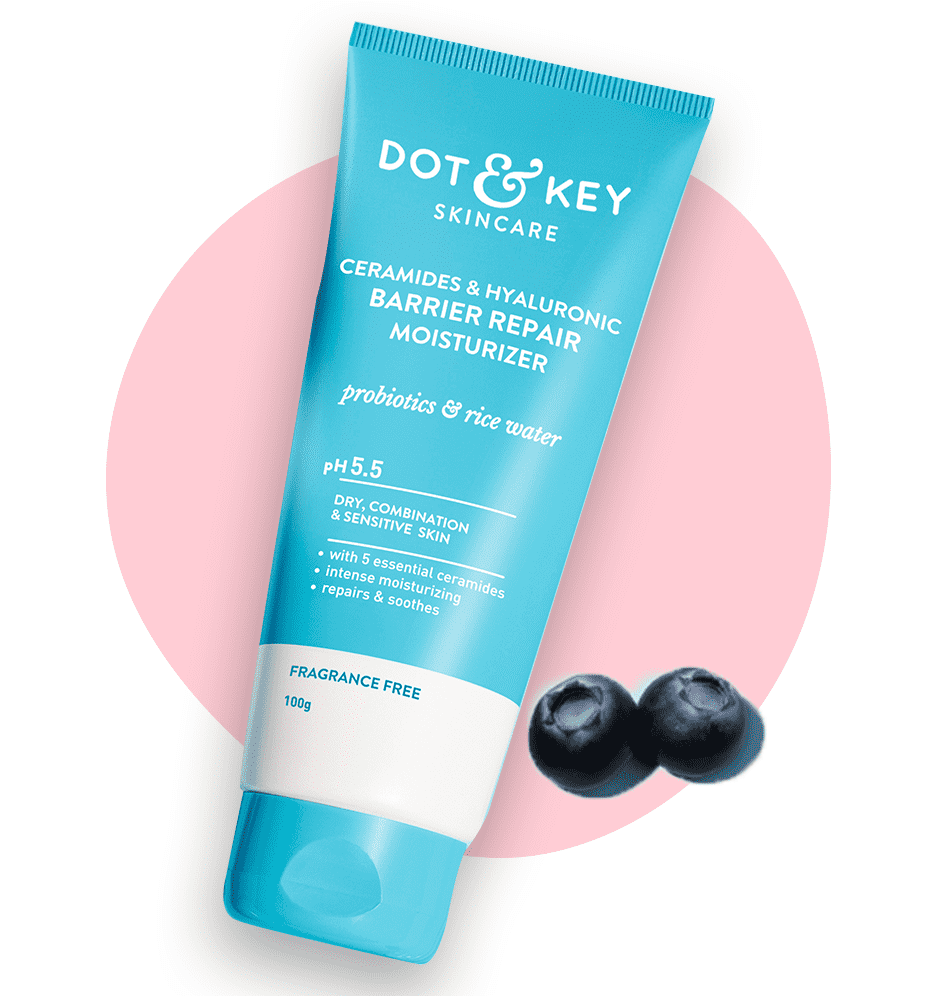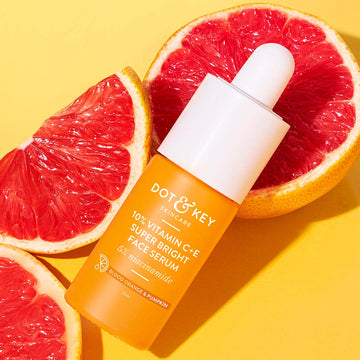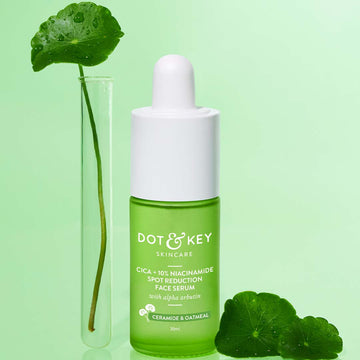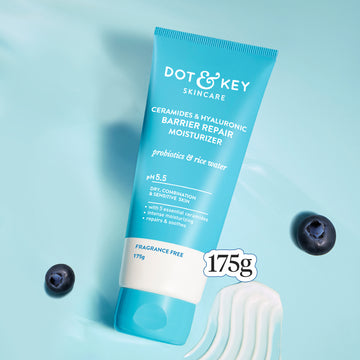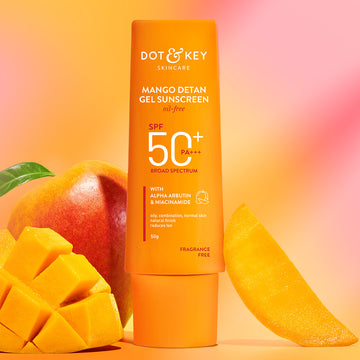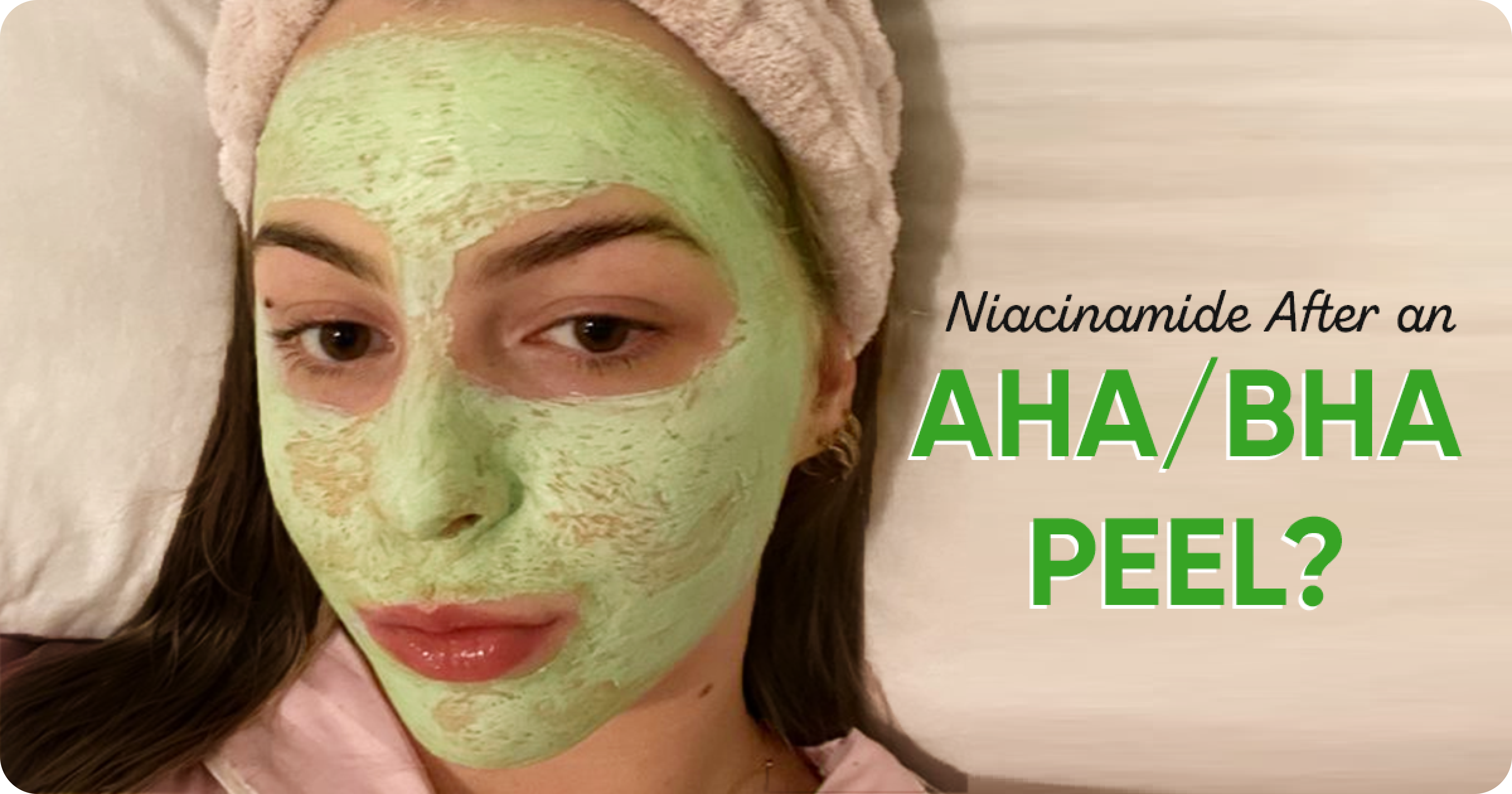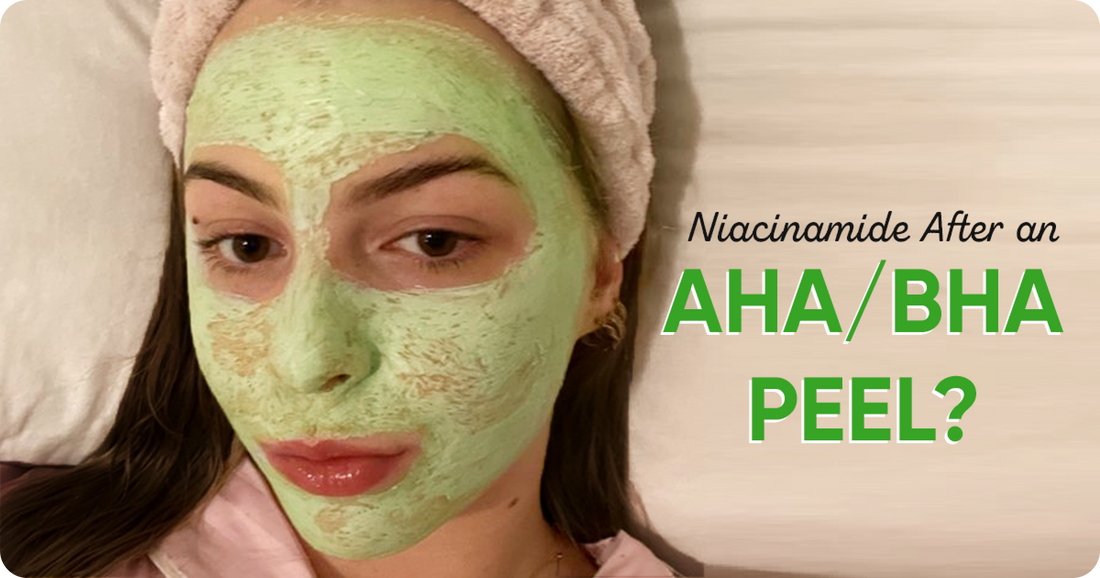
Yes, you can use niacinamide after an AHA/BHA peel, and it’s actually a great choice. AHA (alpha-hydroxy acids) and BHA (beta-hydroxy acids) peels exfoliate your skin and can leave it temporarily sensitive. Niacinamide is a soothing, hydrating, and barrier-repairing ingredient that can help calm the skin, reduce redness, and replenish moisture after exfoliation.
Here’s a detailed guide on how to safely use niacinamide after an AHA/BHA peel.
What is an AHA/BHA Peel?
An AHA/BHA peel is a chemical exfoliation treatment that removes dead skin cells, unclogs pores, and improves skin texture and tone.
Key Benefits of AHA/BHA Peels:
- AHAs (e.g., glycolic acid, lactic acid): Exfoliate the surface of the skin to reduce fine lines and brighten complexion.
- BHAs (e.g., salicylic acid): Penetrate deeper into pores to clear oil and treat acne.
Peels can leave your skin smoother and brighter, but they may also make it more sensitive and prone to redness immediately after use.
What is Niacinamide?
Niacinamide is a form of Vitamin B3 that’s known for its gentle yet effective properties in improving skin health.
Key Benefits of Niacinamide:
- Soothes redness and irritation.
- Strengthens the skin barrier to retain moisture.
- Reduces inflammation and calms the skin.
- Improves skin tone and minimizes pores.
Why is Niacinamide a Good Choice After an AHA/BHA Peel?
Niacinamide is ideal for post-peel care because it complements the exfoliating effects of AHAs and BHAs by addressing the skin’s hydration and recovery needs. Here’s how:
-
Calms Irritation:
Niacinamide reduces redness and soothes the skin, which may be irritated after a peel. -
Strengthens the Skin Barrier:
After exfoliation, your skin barrier may be more vulnerable. Niacinamide helps repair and strengthen it. -
Locks in Moisture:
Niacinamide restores hydration, preventing dryness caused by the exfoliation process. -
Reduces Sensitivity:
Its anti-inflammatory properties make it perfect for calming skin after a peel.
How to Use Niacinamide After an AHA/BHA Peel
Follow these steps for the best results:
Immediately After the Peel:
-
Rinse Off the Peel (If Required):
If it’s a leave-on peel, follow the product instructions and rinse with lukewarm water after the specified time. -
Apply Niacinamide Serum or Moisturizer:
Once your skin is clean and dry, apply a niacinamide serum or a moisturizer containing niacinamide. This will help calm the skin and replenish lost moisture. -
Skip Other Actives:
Avoid layering additional exfoliants or strong active ingredients (e.g., retinol or vitamin C) after a peel to prevent irritation. -
Apply Sunscreen (Morning Routine):
AHA/BHA peels increase sun sensitivity, so always finish with SPF 30 or higher if used during the day.
In the Following Days:
-
Focus on Recovery:
Continue using niacinamide daily to repair the skin barrier and keep your skin hydrated. -
Hydrate Well:
Pair niacinamide with a gentle, hydrating moisturizer to restore balance. -
Avoid Over-Exfoliation:
Don’t use other exfoliants (AHAs, BHAs, or physical scrubs) for at least 3–5 days after the peel.
Pro Tips for Using Niacinamide After a Peel
-
Start with Low Concentrations:
If you’re new to niacinamide, start with products containing 5% to avoid overwhelming your skin. -
Pair with Hydrating Ingredients:
Look for products that also contain ceramides, hyaluronic acid, or glycerin to enhance hydration and recovery. -
Avoid Actives:
Skip retinol, vitamin C, or any additional exfoliants for a few days to allow your skin to heal fully. -
Always Use Sunscreen:
Sun protection is non-negotiable after a peel to prevent UV damage.
Who Should Use This Combination?
Niacinamide is suitable for all skin types and is particularly beneficial for:
- Sensitive Skin: Soothes redness and irritation after exfoliation.
- Dry or Dehydrated Skin: Replenishes moisture and repairs the skin barrier.
- Oily or Acne-Prone Skin: Regulates oil production and reduces inflammation.
- Uneven Skin Tone: Enhances the brightening effects of the peel by evening out skin tone.
Common Mistakes to Avoid
-
Skipping Sunscreen:
Post-peel skin is more vulnerable to UV damage, so daily sunscreen is essential. -
Overloading Actives:
Don’t layer multiple strong ingredients like retinol or vitamin C after a peel. -
Using Harsh Products:
Avoid alcohol-based toners or drying products that can further irritate the skin.
Science Backing
- AHA/BHA Peels: Studies in the Journal of Dermatological Science confirm that AHAs and BHAs improve skin texture and tone by promoting cell turnover.
- Niacinamide: Research in the Journal of Cosmetic Dermatology highlights niacinamide’s ability to strengthen the skin barrier, reduce redness, and improve hydration.
- Combination Use: Dermatologists recommend using niacinamide post-peel to calm and restore the skin, as noted in the Journal of Clinical and Aesthetic Dermatology.
Conclusion
Yes, you can and should use niacinamide after an AHA/BHA peel to soothe, hydrate, and repair your skin. Niacinamide’s calming and barrier-strengthening properties make it the perfect follow-up to the exfoliating effects of a peel. Just remember to hydrate, avoid other actives, and always apply sunscreen to protect your refreshed skin.
FAQs About Using Niacinamide After AHA/BHA Peels
1. How Soon Can I Apply Niacinamide After a Peel?
You can apply niacinamide immediately after rinsing off the peel (if required) and patting your skin dry.
2. Can I Use Niacinamide with Other Post-Peel Products?
Yes, niacinamide pairs well with hydrating and soothing ingredients like hyaluronic acid or ceramides. Avoid layering it with other actives like retinol or vitamin C right after a peel.
3. Do I Need Sunscreen After a Peel?
Absolutely! AHA/BHA peels increase sun sensitivity, so apply SPF 30 or higher during the day to protect your skin.







